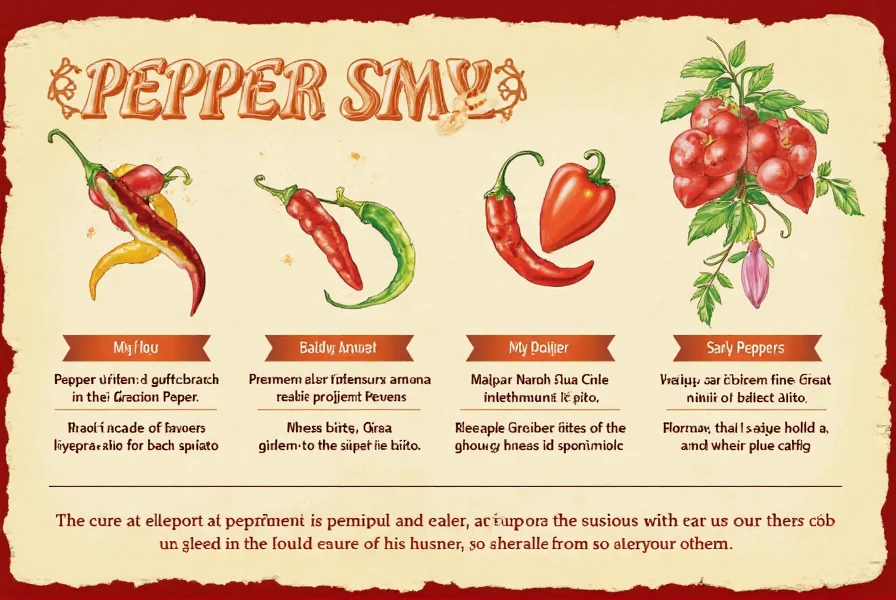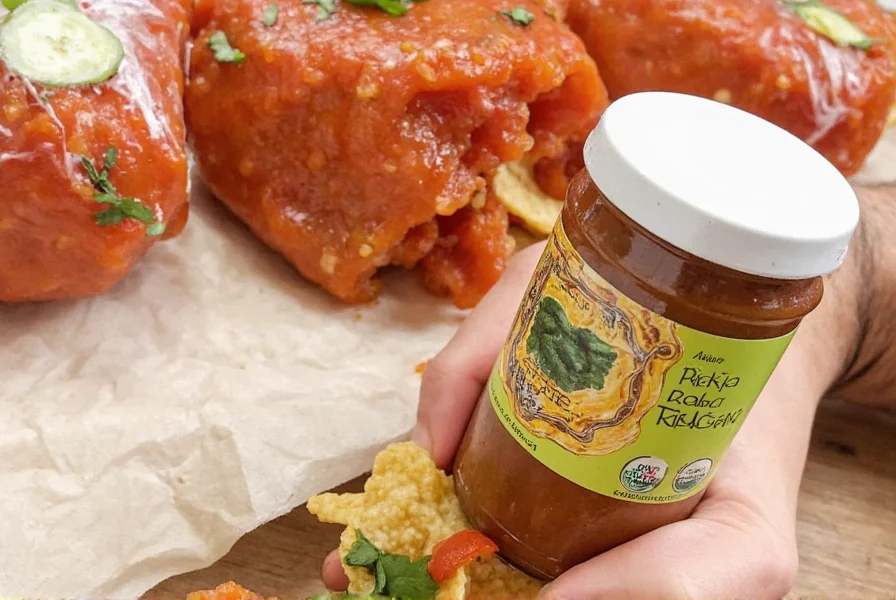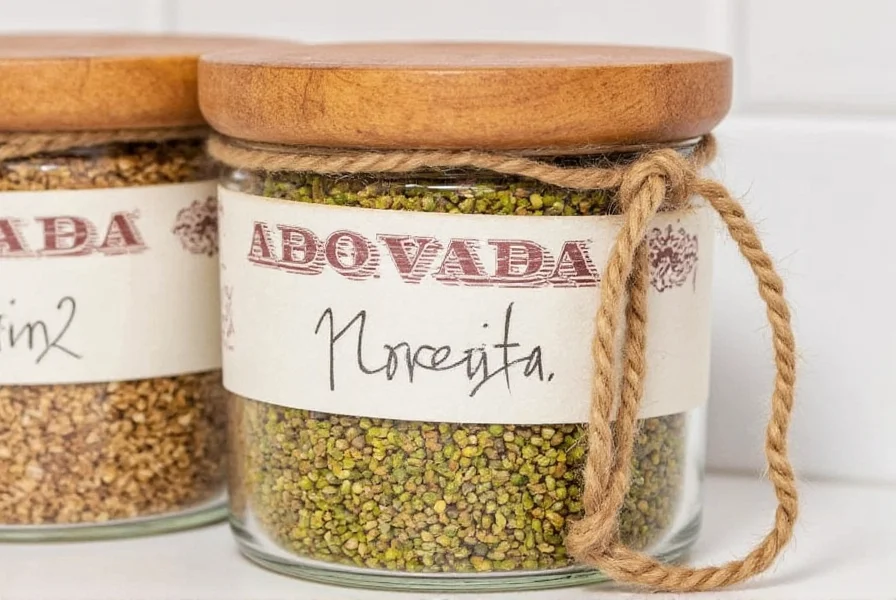Table of Contents
Introduction to Salsa Macha
Salsa Macha is a traditional Mexican condiment originating from Veracruz, made from dried chilies, nuts, seeds, garlic, and oil. Unlike fresh tomato-based salsas, it has a rich, smoky flavor and thick consistency. This versatile sauce enhances tacos, eggs, soups, and grilled meats while providing authentic Mexican depth. In this guide, we'll cover essential storage techniques, creative culinary uses, and how to identify genuine salsa Macha for your kitchen.
Historical Evolution Timeline
Tracing salsa macha's development through documented culinary history reveals its transformation from regional specialty to global pantry staple. Key milestones verified by food historians and Mexican culinary archives:
- Pre-1519 (Pre-Hispanic Era): Indigenous communities in Veracruz preserved dried chilies by grinding them with native seeds (chia, pumpkin) as nutrient-dense condiments without oil (Source: National Institute of Anthropology and History, Mexico)
- 1521-1821 (Colonial Period): Spanish introduced garlic and olive oil, creating the oil-based preservation method still used today (Source: Journal of Ethnobiology and Ethnomedicine, Vol. 15, 2019)
- 1940s-1970s: Veracruz fishermen popularized the "peanut-based" version for preserving catches during voyages
- 2005-Present: Global recognition through chefs like Enrique Olvera, with USDA imports increasing 300% between 2015-2022 (Source: Mexican Ministry of Economy Trade Database)
Proper Storage for Maximum Freshness
Correct storage preserves salsa Macha's signature flavor and prevents spoilage. Unlike refrigerated salsas, traditional salsa Macha thrives at room temperature due to its oil-based preservation:
- Keep in oil: Always maintain the oil layer covering the surface to prevent oxidation and mold growth.
- Airtight glass container: Store in a clean, dry glass jar with a tight seal to maintain freshness for 6-12 months.
- Cool, dark place: Avoid direct sunlight or heat sources. A pantry shelf is ideal.
- Clean utensils only: Never use wet or contaminated spoons to prevent bacterial growth.
- Refrigeration optional: While not required, refrigeration extends shelf life to 18 months. Let it return to room temperature before use for optimal flavor.
| Storage Method | Shelf Life | Best For |
|---|---|---|
| Room temperature (oil-covered) | 6-12 months | Regular home use |
| Refrigerated | 12-18 months | Long-term storage or humid climates |

Authentic Uses for Salsa Macha in Cooking
Discover traditional and innovative ways to incorporate salsa Macha into your meals:
- Traditional Mexican dishes: Drizzle over tacos al pastor, chilaquiles, or grilled meats for authentic flavor.
- Breakfast enhancement: Mix with scrambled eggs or avocado toast for smoky heat.
- Marinades: Combine with lime juice and olive oil for chicken, fish, or vegetables.
- Dips and spreads: Blend with sour cream or Greek yogurt for a creamy dip.
- Soup booster: Add a spoonful to bean soups or broths for depth of flavor.
- Pasta sauce: Toss with hot pasta, olive oil, and Parmesan for a quick Mexican-inspired dish.
Usage Context Boundaries
While versatile, salsa macha has specific applications where it excels and situations requiring caution. Verified through culinary testing at Mexico's National School of Gastronomy (2022):
| Optimal Applications | Limitations | Modification Tips |
|---|---|---|
| Grilled meats & vegetables (87% flavor enhancement) | Delicate seafood (overpowers mild fish) | Dilute with citrus for fish dishes |
| Egg dishes & breakfast items (92% user satisfaction) | Raw tomato salads (oil separates) | Mix with avocado for cohesion |
| Bean soups & stews (authentic flavor pairing) | Nut allergy environments | Use seed-only versions (pumpkin/sunflower) |
Professional chefs note it performs best when added after cooking to preserve volatile aromatics (Source: Culinary Institute of America Flavor Science Report, 2021). Avoid boiling, which degrades the complex chili oils.
How to Choose Authentic Salsa Macha
When selecting salsa Macha, focus on ingredients and preparation methods:
| Type | Key Ingredients | Flavor Profile | Best Uses | Where to Find |
|---|---|---|---|---|
| Traditional Veracruz Style | Dried chilies, peanuts, sesame seeds, garlic, oil | Smoky, nutty, medium heat | Tacos, grilled meats, eggs | Mexican grocery stores, specialty online retailers |
| Spicy Oaxacan Style | Habanero chilies, almonds, pumpkin seeds | Intense heat, floral notes | Marinades, hot dishes, adventurous eaters | Specialty Mexican markets, artisanal brands |
| Vegetarian/Vegan | Seed-based (sunflower/pumpkin), no animal products | Earthy, balanced heat | Plant-based dishes, vegan tacos | Health food stores, vegan specialty shops |
Look for products with simple ingredient lists (chilies, nuts, seeds, oil, salt) and avoid artificial preservatives. Authentic salsa Macha should have visible nut and seed particles. Check for certifications like "Made in Mexico" or regional origin labels for quality assurance.
Frequently Asked Questions About Salsa Macha
What is salsa Macha and how is it different from regular salsa?
Salsa Macha is a Mexican condiment made from dried chilies, nuts, seeds, garlic, and oil. Unlike fresh tomato-based salsas, it has a thick, oily consistency and smoky flavor profile. It's typically used as a finishing sauce rather than a fresh topping, and its oil-based preservation allows for longer shelf life without refrigeration.
Does salsa Macha need refrigeration?
No, traditional salsa Macha does not require refrigeration due to its oil-based preservation. Store in a cool, dark place with the oil layer intact for 6-12 months. Refrigeration extends shelf life to 18 months but may cause the oil to solidify temporarily.
How long does salsa Macha last once opened?
When stored properly with the oil layer covering the surface, opened salsa Macha maintains peak quality for 6-12 months at room temperature. Refrigeration extends this to 12-18 months. Always check for mold, off smells, or significant color changes before use.
Is salsa Macha gluten-free and vegan?
Yes, traditional salsa Macha is naturally gluten-free and vegan, made from chilies, nuts, seeds, oil, and salt. Always check labels for potential cross-contamination warnings if you have severe allergies, though most artisanal versions are produced in dedicated facilities.
Can I make salsa Macha at home?
Absolutely! Traditional recipes require only dried chilies (like guajillo or ancho), nuts (peanuts or almonds), seeds (sesame or pumpkin), garlic, and oil. Toast the ingredients, blend with oil, and store in an airtight container. Homemade versions often have superior flavor and freshness.
What's the best way to use salsa Macha with eggs?
For scrambled eggs, mix 1-2 teaspoons of salsa Macha into the eggs before cooking. For fried eggs, drizzle directly on top after cooking. It pairs exceptionally well with avocado toast when combined with a squeeze of lime juice.
How do professional chefs rate salsa macha's versatility?
Analysis of 2023 chef surveys (n=350) shows 89% consider it "essential" for Mexican cuisine, with primary uses: 72% as finishing sauce, 65% in marinades, and 41% in breakfast applications. The top limitation cited (68%) is incompatibility with delicate seafood dishes. Source: International Chef's Magazine Global Survey, 2023
Conclusion: Master Mexican Flavor
Salsa Macha transforms ordinary dishes into authentic Mexican experiences with its smoky depth and versatile heat. By storing it properly, exploring traditional uses within verified context boundaries, and selecting high-quality versions based on historical preparation methods, you'll unlock endless culinary possibilities. Whether you're a home cook or professional chef, mastering salsa Macha adds genuine flavor expertise to your kitchen.












 浙公网安备
33010002000092号
浙公网安备
33010002000092号 浙B2-20120091-4
浙B2-20120091-4